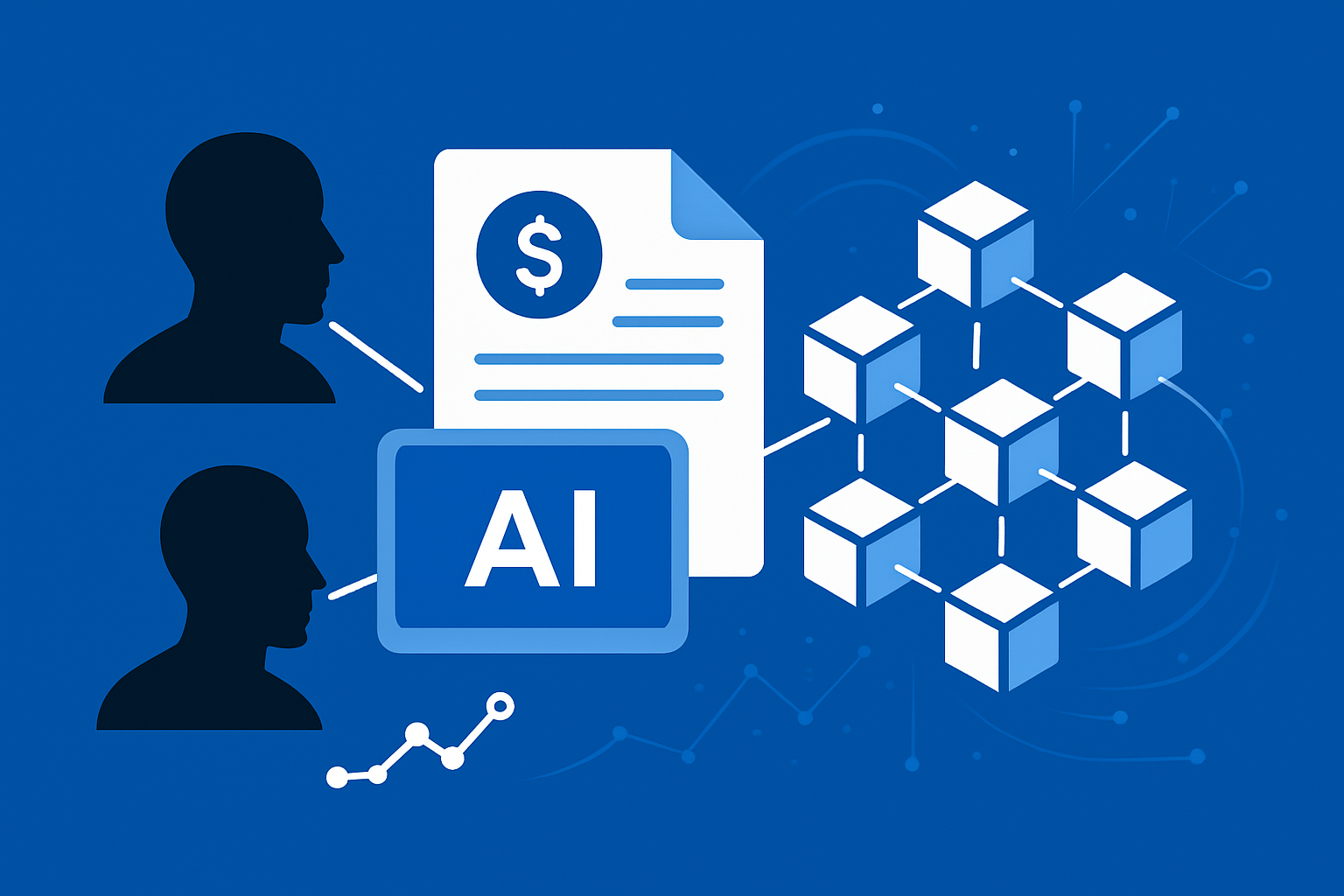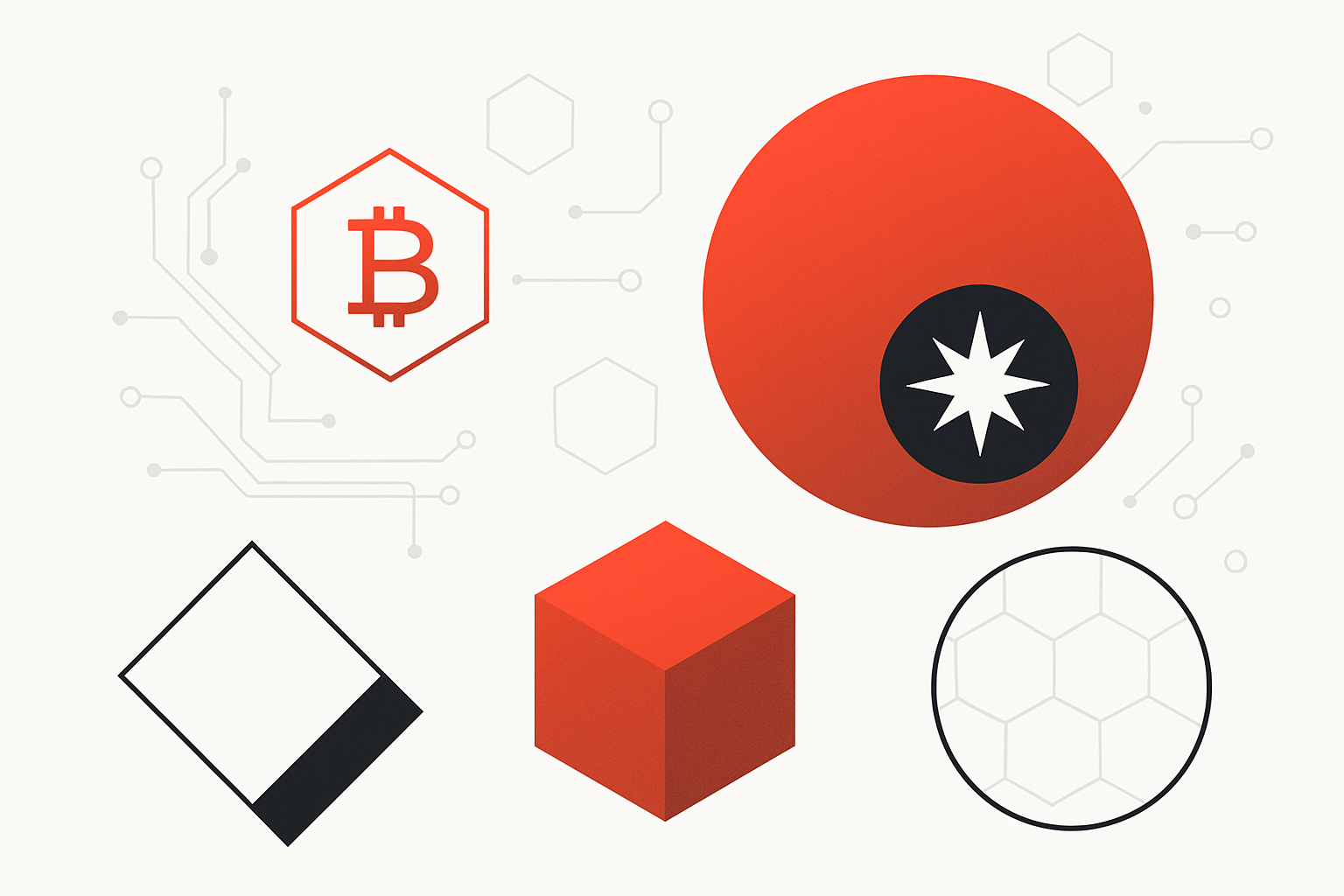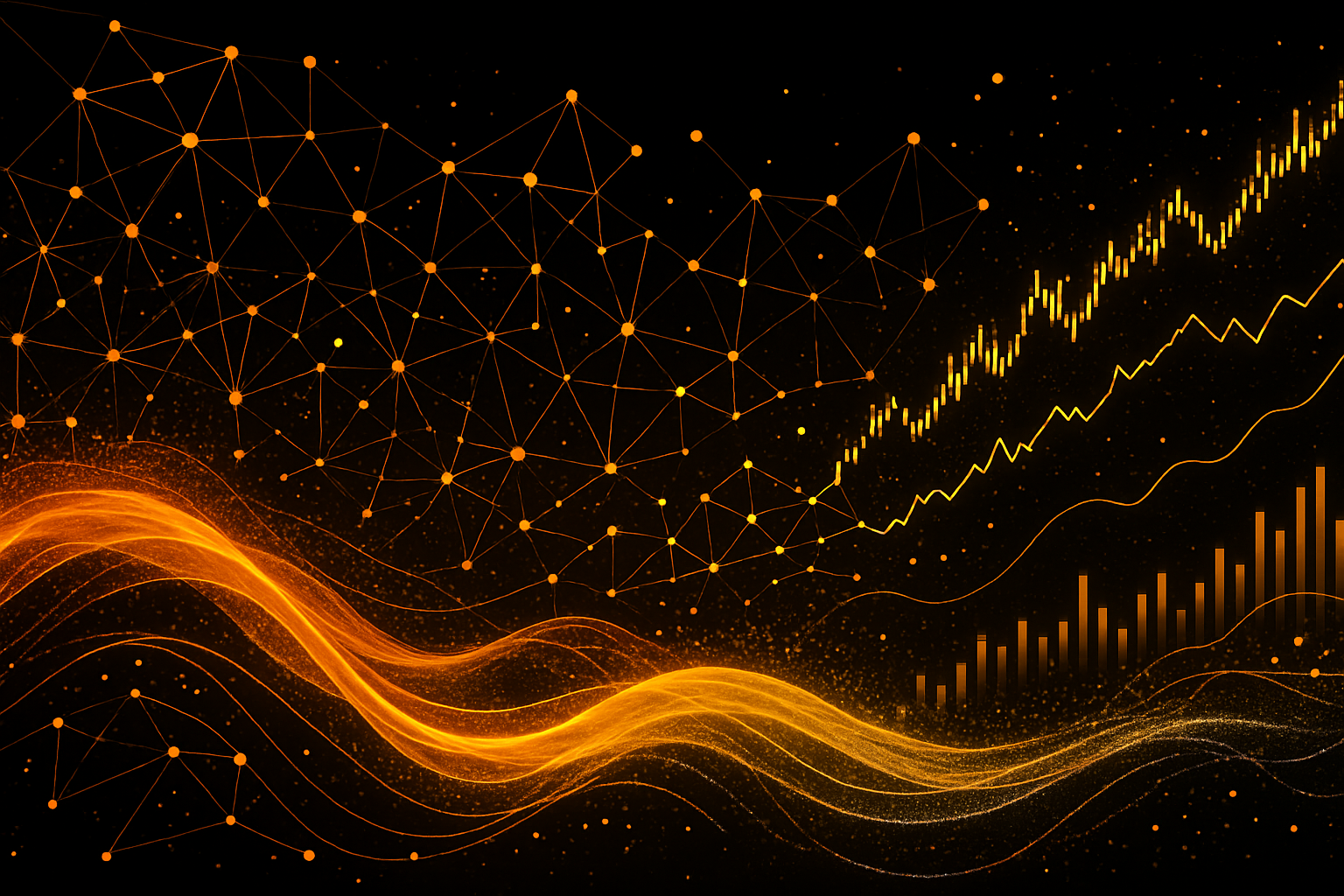
In 2025, the boundaries between creativity and computation in game development have been redrawn. Multi-agent AI systems are not just tools; they are collaborative partners, automating the grind, amplifying imagination, and reimagining what’s possible in interactive entertainment. With 87% of global game developers now integrating AI agents into their workflows (Google Cloud/The Harris Poll), the industry is experiencing a seismic shift, one where flexible, modular AI platforms are as essential as game engines themselves.
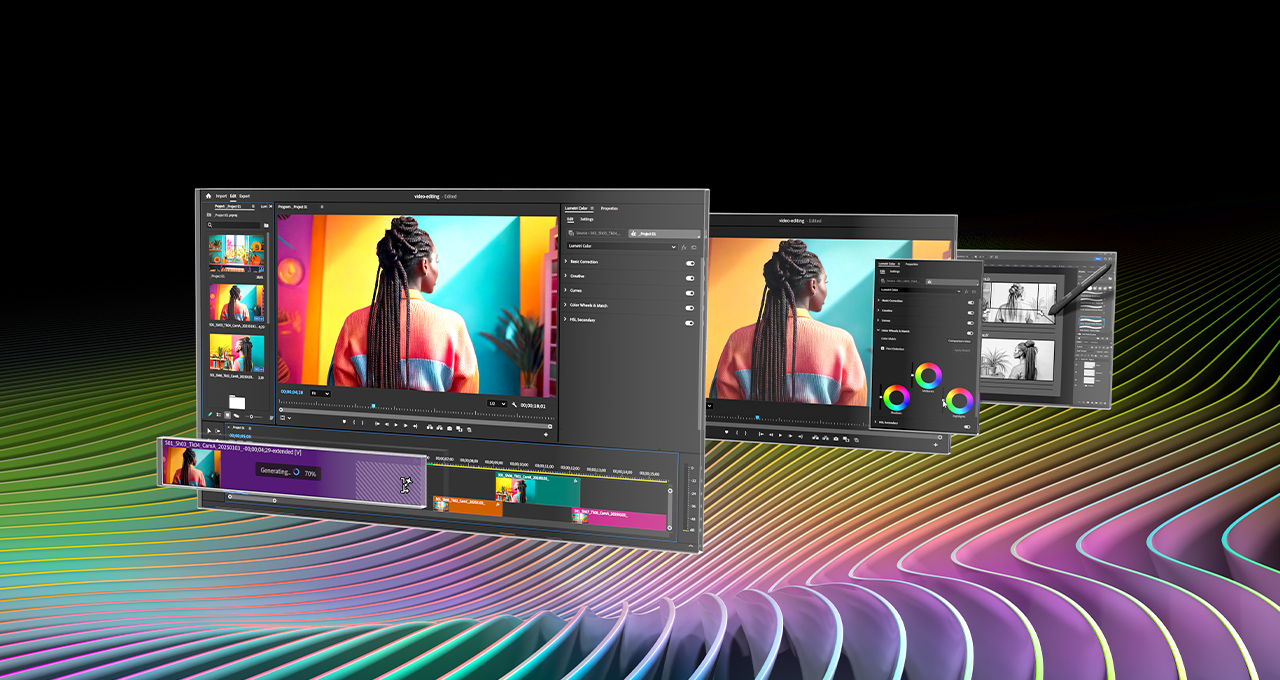
The Rise of Modular Multi-Agent AI Game Development
What exactly powers this revolution? At its core is the concept of multi-agent AI game development, where independent yet coordinated agents handle everything from procedural world-building to real-time content moderation. Unlike single-model systems, these agent collectives draw on specialized skills: some agents generate story arcs, others sculpt 3D environments or tune gameplay balance. The result? Games that feel more alive, capable of evolving in real-time based on player actions or even current events.
This shift is visible in the numbers: in 2025, one in five new Steam games features generative AI assets, a staggering 681% year-over-year increase (Tom’s Hardware). Major studios like Krafton have gone “AI-first, ” investing $70 million in GPU clusters to support agentic AI architectures that can autonomously design levels or optimize netcode at scale.
Automating Creation Without Sacrificing Vision
The old fear was that automation would dilute creative vision. In reality, multi-agent systems are unlocking new forms of artistic expression while slashing development cycles. Platforms like UniGen now enable zero-code 3D game creation by translating natural language prompts into executable projects, reducing build times by over 90%. This democratizes development for indie creators and established studios alike.
Japanese giants such as Capcom and Level-5 are leveraging these frameworks for everything from visual asset generation to narrative scripting and even custom engine construction. Meanwhile, academic projects like Amorphous Fortress Online allow users to co-create entire worlds populated by autonomous multi-agent characters, blurring the line between developer and player.
A New Era for Dynamic Content and Player Experience
The impact goes far beyond efficiency. By deploying modular AI in gaming, developers can craft experiences that adapt moment-to-moment. Imagine a boss encounter where enemy tactics evolve as players experiment, or dialogue that responds contextually to your character’s backstory and previous choices. These aren’t distant promises; they’re already live in today’s most innovative titles.
For Web3-native studios and decentralized worlds, multi-agent systems provide scalable solutions for persistent economies and user-generated content moderation. The flexibility to plug-and-play different agent types, even those linked to distinct large language models, means every studio can tailor its toolkit for unique creative goals.
- Akedo AI agents: Orchestrate NPC behaviors for emergent storytelling.
- Gambo AI game builder: Empowers non-coders to prototype multiplayer arenas using natural language instructions.
- AI-powered world-building: Enables seamless expansion of virtual landscapes as communities grow.
This is just the beginning, the second half will explore how these advances are reshaping competitive play and what it means for the next generation of gamers and developers alike.
Competitive gaming is undergoing a renaissance as multi-agent AI systems inject unpredictability, strategy, and depth into every match. No longer bound to static scripts or shallow routines, AI agents now learn from player tactics, adapt in real time, and even form alliances or rivalries that carry across sessions. This dynamic ecosystem challenges human competitors to evolve their playstyles, fostering a new era of skill expression and replayability.
Redefining Competitive Play With Agentic Intelligence
At the heart of this transformation is agentic AI, systems where each agent operates with autonomy yet coordinates seamlessly with others. In esports arenas and sandbox games alike, these agents simulate complex team dynamics: some specialize in offense, others in support or resource management. The result is a living meta where strategies must adapt on the fly and no two matches unfold the same way.
Game-theoretic frameworks are also evolving. Advanced models now account for partial observability, sabotage risks, and non-zero-sum outcomes, mirroring real-world competition and cooperation. This sophistication enables AI opponents that are not just challenging but genuinely surprising, keeping even seasoned pros on their toes.
For developers and studios navigating this landscape, modularity is key. Platforms supporting plug-and-play AI modules, like those underpinning Akedo AI agents or Gambo’s game builder, let teams rapidly prototype new gameplay modes or balance changes without rewriting core systems. This agility accelerates innovation while maintaining competitive integrity.
Top 5 Ways Multi-Agent AI Is Transforming Competitive Gaming
-

1. Dynamic Level and Environment Generation: Multi-agent AI systems enable real-time creation of dynamic game environments, adapting maps, obstacles, and objectives to player actions. In 2025, one in five Steam games utilize generative AI for these features, resulting in 681% more AI-powered titles than the previous year.
-

2. Advanced In-Game Opponents and Teammates: Multi-agent AI allows for autonomous, coordinated AI teams that adapt strategies, communicate, and learn from players. This leads to more challenging and realistic competitive experiences, as seen in titles leveraging frameworks like UniGen and platforms like Amorphous Fortress Online.
-

3. Automated Moderation and Fair Play: AI agents collaborate to detect cheating, toxic behavior, and balance gameplay in real time. Major publishers like Krafton are investing heavily in agentic AI to ensure fair, enjoyable competitive environments for all players.
-
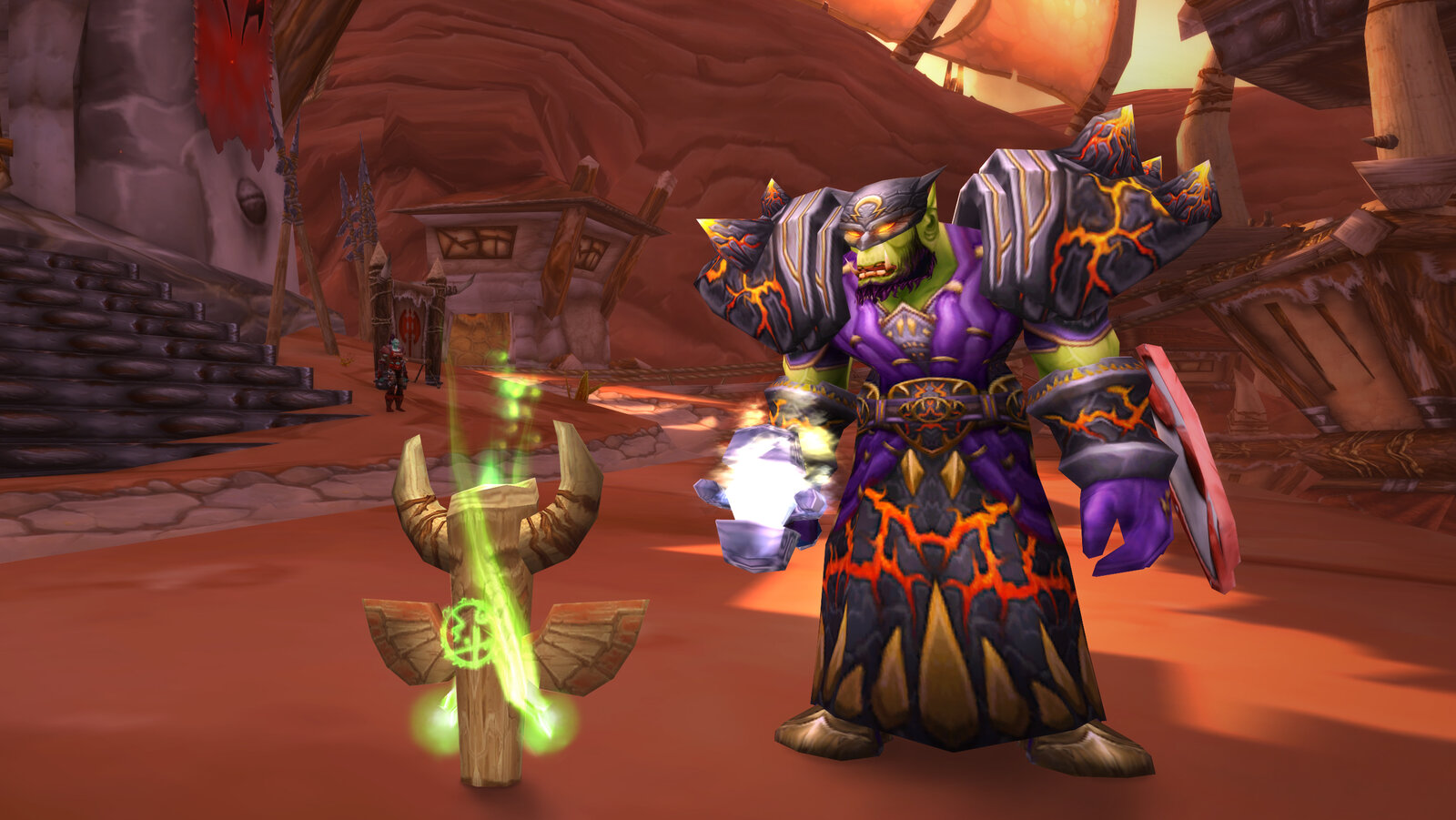
4. Accelerated Content Creation and Customization: Multi-agent systems automate asset generation, dialogue writing, and animation, allowing developers to rapidly produce and personalize content. Over 36% of developers now use AI for creative elements, making competitive games more varied and engaging.
-

5. Zero-Code Game Development and Rapid Prototyping: Platforms like UniGen empower creators to build entire competitive games from natural language prompts, reducing development time by over 90%. This democratizes game creation, enabling new competitive formats and faster innovation.
Expanding Creative Frontiers for Developers and Players
The implications stretch beyond competition. Multi-agent systems empower both professionals and hobbyists to become world-builders in their own right. With tools like UniGen’s zero-code pipeline or collaborative sandboxes such as Amorphous Fortress Online, creators can describe mechanics or environments in plain language, and watch as coordinated AI agents bring them to life within minutes.
This accessibility fuels a surge of grassroots game studios and community-driven content. Web3-native projects are especially poised to benefit: by leveraging multi-agent frameworks for automated governance, economy balancing, and persistent world evolution, they unlock richer player agency with less overhead.
“Multi-agent AI isn’t just making games faster, it’s making them smarter and more personal, “ says a leading developer at a top Japanese studio integrating these systems into their latest RPG franchise.
For those eager to explore the technical underpinnings of these breakthroughs, or build their own agent collectives, resources abound. From guides on architecting agent teams to deep dives on collaborative world modeling (read more here), the knowledge base is expanding as quickly as the technology itself.
The Road Ahead: Limitless Playgrounds
The future belongs to those who embrace both the power and nuance of multi-agent AI game development. Whether you’re an indie creator prototyping your first world or an established studio architecting massive online universes, these systems offer unprecedented creative leverage, and demand strategic vision to harness fully.
As we look toward 2026 and beyond, expect even deeper integration between player agency and autonomous agent orchestration. The next wave of games will not just respond, they’ll anticipate, adapt, collaborate, and surprise at every turn.


